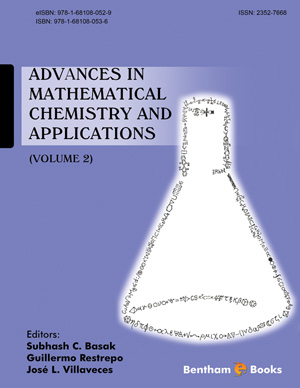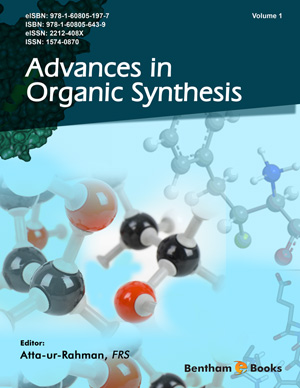Abstract
In recent years, the requirements for separation and preconcentration procedures have undergone numerous changes. A general trend is not only to improve the analytical performance of microextraction techniques but also to endeavor to satisfy the requirements of green chemistry. As a result, new modified and derived methods have been developed. One of the most popular techniques that meet the expectations of analysts is a dispersive liquid-liquid microextraction (DLLME). Owing to its rapidity, low costs, simplicity of operation, high recovery, as well as low consumption of both organic or inorganic compounds the method has been widely accepted as a miniaturized sample preparation technique. Despite the advances mentioned, DLLME still requires expensive and hazardous organic solvents, the use of multistep procedures leading to high risk of analyte losses, and has low selectivity and sample clean-up efficiency. That is why much attention has been paid to the development of green activities such as replacing toxic organic solvents and automating extraction techniques. In this context, a new group of solvents namely ionic liquids (ILs) has been utilized in combination with micro extraction procedures. ILs as molten salts are made of cations and anions. The novelty in relation to ILs is their application as the new non-molecular class of solvents characterized by a low melting point temperature arbitrary fixed at or below 100°C, as opposed to inorganic salts which are solid with melting point well above 500°C (NaI, NaBr, NaCl, 661, 747, 801°C, respectively). The term IL covers inorganic as well as organic salts. The potential of ionic liquids is based on their unique properties such as a low melting point, a negligible vapor pressure, high thermal stability, a significant viscosity, miscibility with water and other solvents. The ionic liquids environment is very different from that of polar or non-polar organic solvents. Besides the non-molecular nature of ILs, the significant advantages are their non-measurable vapor pressure at room temperature and appreciable liquid ranges. The desired physical and chemical properties of ILs may be controlled by selecting cation/anion combination or by incorporating specific functional groups in the IL molecule. Consequently, combinations of a variety of cation and anions lead to a tremendous number of ionic liquids and that is why ILs are often referred to as designer solvents. The unique properties of ionic liquids raised growing interest of scientists and engineers regarding an application for these compounds for the extraction purposes. Ionic Liquids and Polymeric Ionic Liquids (PILs) have been used in a Single-Drop Microextraction (SDM), a Liquid-Phase Microextraction (LPM), a Solid-Phase Microextraction (SPME), a Dispersive Liquid-Liquid Microextraction (DLLME), a Hollow Fiber-Supported Liquid Membrane Extraction (HFSLME) and in a Solid Phase Extraction (SPE), till the present day. The chapter presents extensive theoretical and practical information on the possible application of ionic liquids in various separation micro extraction techniques. It was shown that ILs might be successfully used in chemistry, medicine, environmental research and in other areas where is a need for selective isolation and enrichment of analytes. A systematic review has also been performed involving utilization of ILs in DLLME for the determination of organic compounds and metals in a variety of samples. It has been presented that the DLLME method has been successfully applied for the extraction and determination of a broad spectrum of organic and inorganic analytes from a variety of samples such as environmental, water, food, cosmetics, and biological.
Keywords: Dispersive Liquid-Liquid Microextraction, Hollow Fiber-Supported Liquid Membrane Extraction, Ionic liquids, Microextraction, Single-Drop Microextraction, Solid-Phase Microextraction.






















